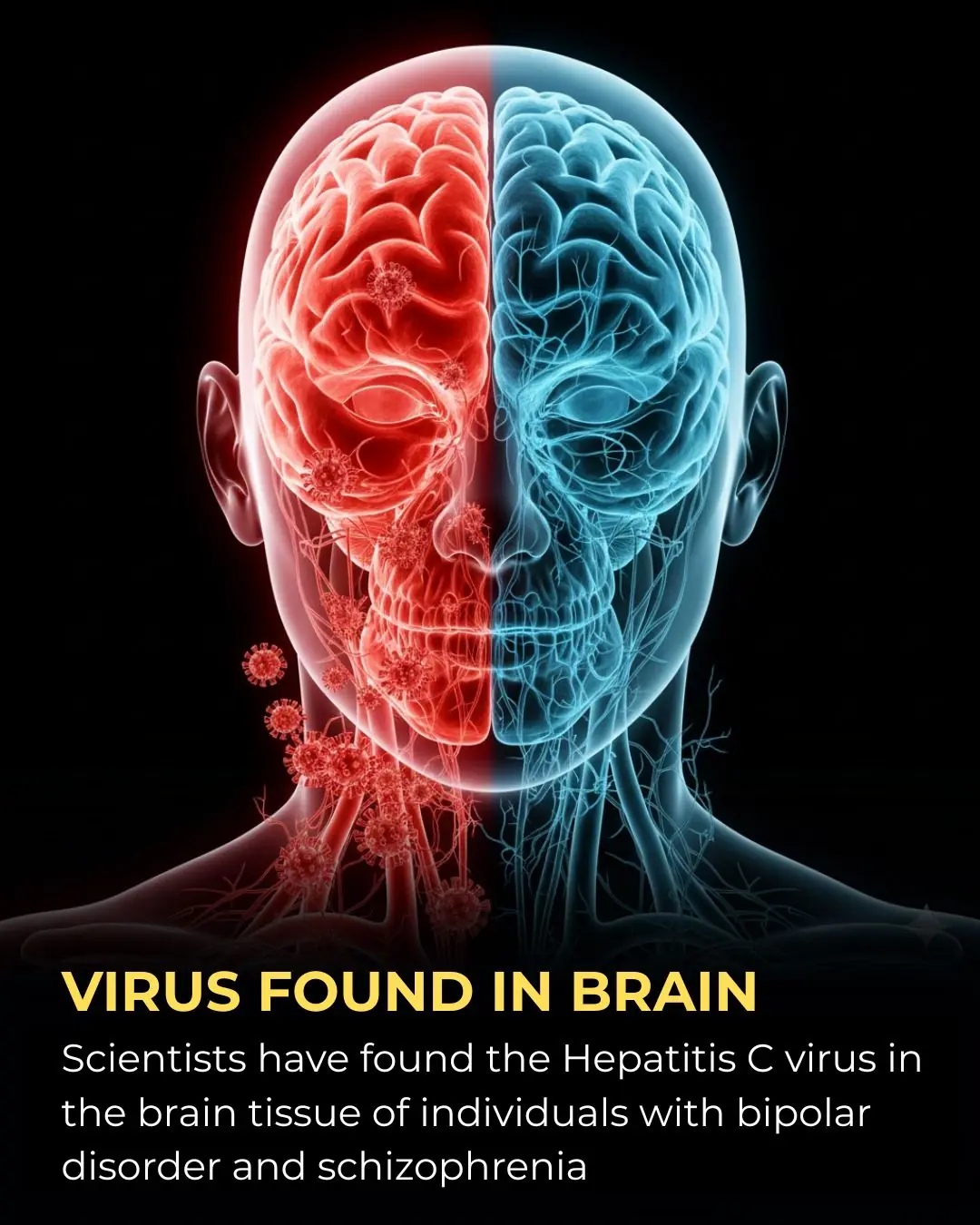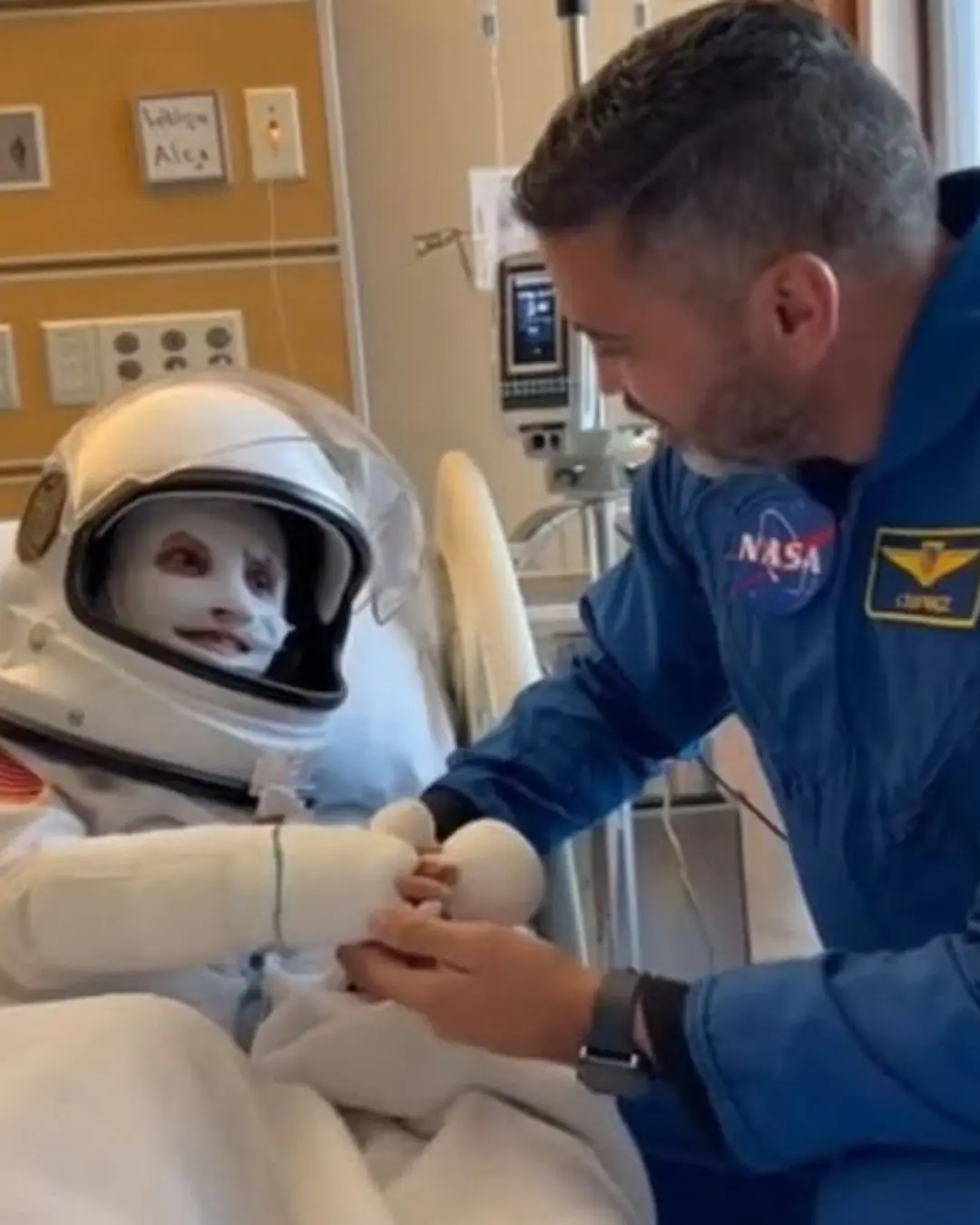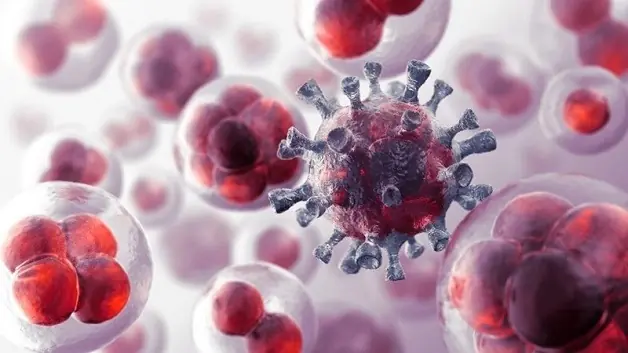
Novel Neural Pathway Identified as Key to Reversing Autism-Related Behaviors
In a remarkable scientific development, researchers have reported the ability to reverse autism-like symptoms in laboratory models by focusing on a previously underexplored region of the brain. This emerging line of research offers a promising new window into the neurological foundations of autism spectrum disorder (ASD) and has raised cautious optimism among experts, clinicians, and families around the world.
The core of this breakthrough lies in identifying a specific neural circuit whose activity appears to play a crucial role in shaping behaviours linked to social engagement, communication, and repetitive actions—three areas typically affected in individuals with autism. By precisely modulating the activity of neurons within this brain region, scientists observed significant improvements in behavioural patterns in animal models. These improvements included increased sociability, reduced anxiety-related responses, and a notable decline in repetitive behaviours often associated with ASD.
Such findings echo a growing body of neuroscientific research that seeks to map the biological pathways underlying autism. Studies published in reputable journals such as Nature Neuroscience, Neuron, and Science have increasingly pointed toward the involvement of specific brain circuits—particularly those governing social reward, sensory processing, and executive functioning—in shaping ASD-related traits. Furthermore, major research institutions such as the U.S. National Institute of Mental Health (NIMH), the Simons Foundation Autism Research Initiative (SFARI), and the University of California, San Francisco (UCSF) have emphasized the importance of circuit-level analysis for developing next-generation treatments.
While the newly reported results are compelling, experts are careful to stress that this is not yet a cure for autism, nor does it imply a simple path to one. Autism is a highly complex and heterogeneous condition shaped by a combination of genetic, developmental, and environmental factors. However, the ability to link specific neural circuits to changes in ASD-related behaviours represents a significant scientific milestone. It provides a clearer framework for designing targeted interventions—whether pharmacological, behavioural, or neuromodulatory—that could one day be tailored to individual neurological profiles.
Importantly, this line of research marks a shift in how the scientific community approaches autism treatment. Rather than focusing solely on the outward symptoms, researchers are now increasingly aiming to understand and address the underlying neural mechanisms that give rise to those symptoms. This shift could reshape therapeutic strategies in the coming years, offering more personalised, effective, and compassionate approaches to support individuals with autism.
Although much work remains before these findings can translate into human therapies, the discovery represents a major step forward in autism research. It underscores the transformative potential of neuroscience and offers renewed hope that a deeper understanding of the brain may eventually lead to improved quality of life for millions of people on the autism spectrum and their families.
News in the same category


The Evolution of Public Road Speed Records: From the Mercedes-Benz W125 to the Koenigsegg Agera RS

New Antiviral Chewing Gum Made From Lablab Beans Shows Strong Virus-Neutralizing Potential in Lab Tests

Misconceptions That Turn Water Purifiers Into a Source of Illness — Stop Them Before They Harm Your Family

A New Breakthrough: Magnetic Microrobots Designed to Navigate Blood Vessels and Stop Strokes

A Dual Climate Solution: Solar Panels Over Canals Could Save Billions of Gallons of Water

Regenerative Medicine Milestone: Stem-Cell Trial Restores Motor Function in Paralyzed Patients

From Crow to Cleaner: How Feathered Geniuses Are Fighting Litter in Spain

Using Crow Intelligence to Fight Pollution: Inside Sweden’s Corvid Cleaning Project

From Stone to Shelter: Innovative Housing Beneath France’s Historic Bridges

Redefining Public Restrooms in South Korea: Hygiene, Dignity, and Accessibility for All

How Cyclic Sighing Became One of the Most Effective Breathing Techniques for Reducing Anxiety

Hepatitis C Virus Detected in Brain Tissue: A Potential Link to Schizophrenia and Bipolar Disorder

Top 10 Safest Places if World War 3 Broke Out

Scientists Sequence the World’s Oldest RNA from a 40,000-Year-Old Woolly Mammoth

Why seniors should keep their socks on even at home

What Once Seemed Impossible: Lab-Grown Spinal Cord Sparks Hope for Millions

Lab-Grown Spinal Cord Tissue Marks a New Era in Paralysis Treatment

How Hormonal Birth Control May Reshape the Brain: New Neuroscience Insights
News Post

The Day a Burned Little Boy Met His Hero in Blue.

The Princess Who Saved Her Father.

The Mailman Who Became Her Shelter.

Forty-Eight Hours of a Mother’s Love.

Jack Andraka: The 15-Year-Old Innovator Who Sparked a New Wave of Early Cancer Detection Research

The Evolution of Public Road Speed Records: From the Mercedes-Benz W125 to the Koenigsegg Agera RS

New Antiviral Chewing Gum Made From Lablab Beans Shows Strong Virus-Neutralizing Potential in Lab Tests

10 Effective Ways to Reduce Dust in Your Home – Keep Your Living Space Clean and Healthy

Misconceptions That Turn Water Purifiers Into a Source of Illness — Stop Them Before They Harm Your Family

The Best Natural Remedies to Treat and Prevent Varicose Veins Effectively

People Who Do This Every Morning Have Better Circulation and More Energy

The hidden signs your body sends before diabetes strikes

Vaseline Uses and Benefits for Skin, Lips, and Hair

10 simple ways to reduce dust at home that most people overlook

You’re Doing It All Wrong: Here’s the Right Way to Defrost Frozen Pipes

7 Powerful Fruits to Preserve Muscle Strength and Energy After 50

I Didn’t Know!

The #1 FASTEST way to reverse fatty liver naturally

Could the bacteria in your nose be causing Alzheimer’s?
